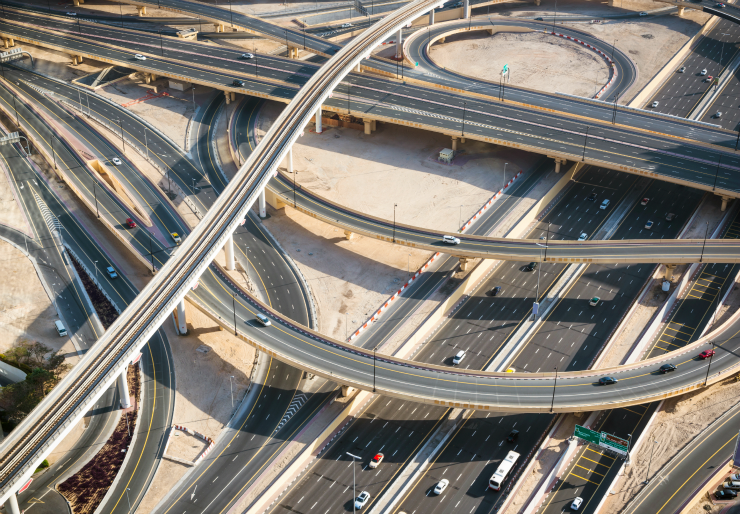6 reasons an Autobahn won’t work in America

Have you ever wondered why your car has the ability to go speeds in excess of 100 miles per hour, even though U.S. speed limits are only up to 85 miles per hour? If the U.S. had an Autobahn, like the speed limit-less roadway network in Germany, we too would have the ability to drive our cars at top speeds.
See also: America’s need for speed (infographic)
The ability to max out your speedometer isn’t the only benefit of the Autobahn. Adopting Germany’s intense driver training could better prepare drivers and reduce the number of speeding tickets issued. While it sounds great, here are six of the many reasons the Autobahn wouldn’t work in the United States.
1. Local governments would lose speeding-ticket revenue
Traffic tickets generate more than $6.2 billion in income a year countrywide, according to the National Highway Traffic Administration. Raising or eliminating speeding tickets would affect government cash flow, which would surely be met with resistance.
2. There would be too much congestion
Even Germany’s Autobahn network has speed restrictions on about 40 percent of the road system, mainly in the more congested areas of the country. A quick look at a U.S. population density map shows that the northeastern and the western coasts are extremely populated. This translates into traffic congestion and would reduce the number of miles of unlimited speed.
3. Roads must be repaved, and gas stations must be added
American roads are not suited for driving at high speeds. Pot holes, bumps and dips — all of which are prevalent on U.S. interstates — could prove deadly for a person driving at high speeds. In the United States, road defects are simply patched and filled. The Autobahn roadway, by comparison, is structured for smooth driving at high speeds, is more than twice as thick as U.S. interstates and has double the lifespan. Defects on the Autobahn are repaired before they are even obvious. In the United States, these defects are simply patched or filled, if they are repaired at all.
Because driving at high speeds burns more fuel, more fueling stations would be needed along the road in the United States. Germany’s Autobahn has fuel stations about every 30 miles. The gas stations are like a pit stop, located just off the Autobahn, unlike U.S. exits and rest stops, which can be miles away from the interstate and accessible via a long ramp.
4. High-speed driving may be environmentally hazardous.
High-speed driving is hotly debated in Germany partly because of theories on the harmful effects on the environment. The U.S. Federal Highway Administration contends that certain vehicle emissions increase at speeds above 65 miles per hour. These emissions are toxic to humans, can cause acid rains and may lead to climate change. With so much political focus on global warming and other environmental issues, a U.S. Autobahn proposal would likely be met with resistance.
5. Drivers must overhaul their habits
Introducing the Autobahn in the U.S. would require drivers to strictly follow road rules. Failing to signal a lane change and failing to look over one’s shoulder before changing lanes could prove deadly at high speeds. And no moseying along at 55 miles per hour in the fast lane, refusing to move over.
Bad driving habits on a roadway with no speed limits would send America’s already-high rate of freeway fatalities through the roof.
6. Drivers would need more education before hitting the road.
U.S. drivers would need more education than is now required. Because it’s riskier and more difficult to handle a car at high speeds, drivers in Germany undergo much more training and testing to get a license. Germans must take a first-aid course, learn driving theory, gain extensive and varied driving experience, and pass the test with flying colors to get a driver’s license, according to a CNET article.
In theory, the Autobahn grants the road freedom that Americans crave. In reality, American driving habits, driver education levels and roadways aren’t ready for an Autobahn.
See also: Turn your classic car into a green machine
Plus: 5 technologies to help you save on car insurance
